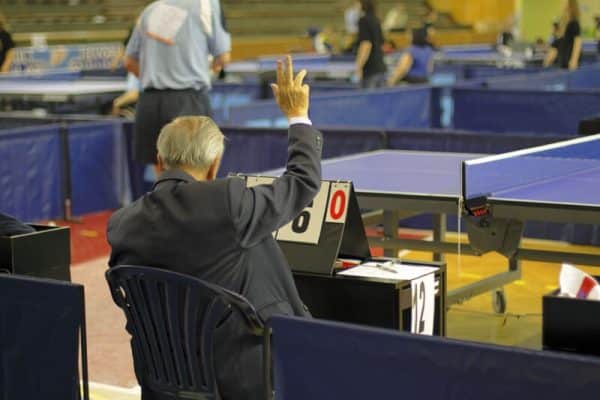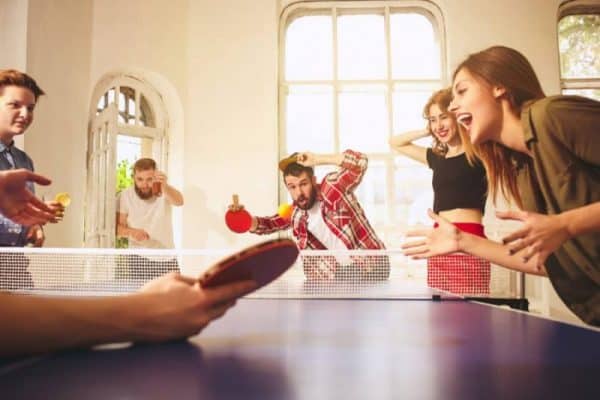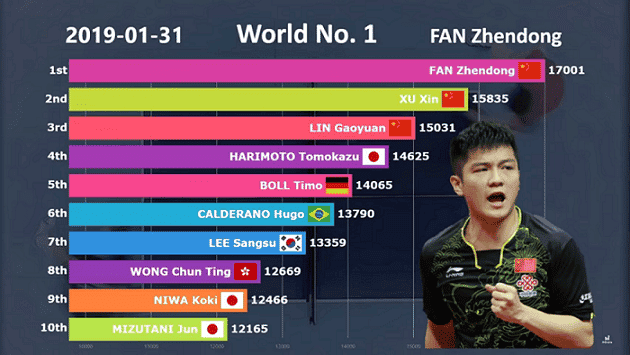Hello table tennis community. As many of you know from my past reviews here on this forum, I was previously sponsored by Sanwei. After that, I switched to Dr. Neubauer, where I had the chance to experiment for the first time with asymmetric blades—those in which each side has a different composition, affecting performance in certain ways. This setup is ideal for players like me who use pips or anti-spin on one side and inverted rubbers on the other.
Recently, Sanwei launched two new blades using this asymmetric concept and sent them to me for testing and reviewing: the Two Face ALC and the Soft Punch. I’d like to share some thoughts on them, especially since for the last two years I have been playing with Dr. Neubauer’s Matador line—mainly the Matador Hybrid Carbon and Matador Texa Balsa. While not identically composed, they share the same idea: a soft balsa core to absorb power and a stiff outer ply to support spin reversal.
For testing, I used the ABS 3 Pro 1.7 on the backhand and the Victas V22 Double Extra Max Sponge on the forehand.
Two Face ALC: Composition & Character
Structure (from BH to FH): Black Walnut – Ayous – Balsa – Ayous – Arylate-Carbon (ALC) – Hinoki
Weight: 85g ±5g
Thickness: 10mm ±0.2mm

Out of the box, the Two Face ALC feels substantial—thicker than most traditional blades, making it feel noticeably heavy.
The Black Walnut side (defensive) is controlled and works well for push/block players using OX pips, anti, or even modern defenders who want reliable defense from short to mid distance.
The Hinoki-ALC side (offensive) is excellent for loops and attacks. It doesn’t feel completely stiff thanks to the balsa and ayous layers behind it, and even in counter-looping situations it feels very comfortable.
One interesting point that isn’t often mentioned: this blade could also be ideal for players who use pips on the forehand and inverted on the backhand—like Mattias Falck—since it provides speed and looping ability close to the table while offering controlled blocking on the forehand.
In my case, the dwell time with anti-spin was surprisingly good, just enough to slow the ball slightly while still supporting spin reversal. Pushes came out long and disruptive. Forehand looping felt solid, although from mid-to-long distance I sometimes felt the thickness as a disadvantage, because the feeling was solid but not explosive. Blocking (both passive and active) was very stable, with very little vibration.
Two Face Soft Punch: Composition & Feel
Core: AAA-grade 14mm balsa (very thick, pure core)
Outer: Dyed Limba veneer
Additional layers: Koto & Spruce
Weight: 75g ±5g
Thickness: 14mm ±0.2mm

The Soft Punch is essentially a block of balsa with two different outer layers to provide contrast in feel. The core is almost spongy, effortlessly absorbing power—the ball just “sits,” giving excellent control on blocks and short-distance defense.
The dwell is very good for long pips with sponge, but I would not recommend it for OX pips or anti-spin, as the feel becomes extremely dead. The limba outer adds some liveliness, making it usable for controlled loops or soft attacks close to the table.
That said, for me it feels overwhelmingly like pure balsa. Aside from slowing down attacks close to the table, I couldn’t find many reasons to use it in my style.
Considering the price, I believe there are more balanced blades available. Still, I can imagine some traditional “wall” blockers really enjoying this extreme slowing effect.
Conclusion
I would recommend the Two Face ALC for players who want to experiment with different speeds on each side of the blade, without going too extreme. It is definitely not a pure OFF+ blade; I’d classify it as OFF on the forehand and ALL on the backhand. The price is very reasonable, making it one of the most affordable options in this category. While it doesn’t quite reach the performance level of some other brands, it is a solid middle step for players looking to keep improving.
On the other hand, the Two Face Soft Punch is something I would only recommend to players who want to be pure blockers at the table. If your style is about becoming a “wall,” then this could be a good choice. However, the difference between the two sides is minimal, and the price feels a bit high compared to other balsa blades on the market.
I look forward to reading your thoughts and questions in the comments—the exchange may bring up aspects I might have missed here.
Diego Sánchez





